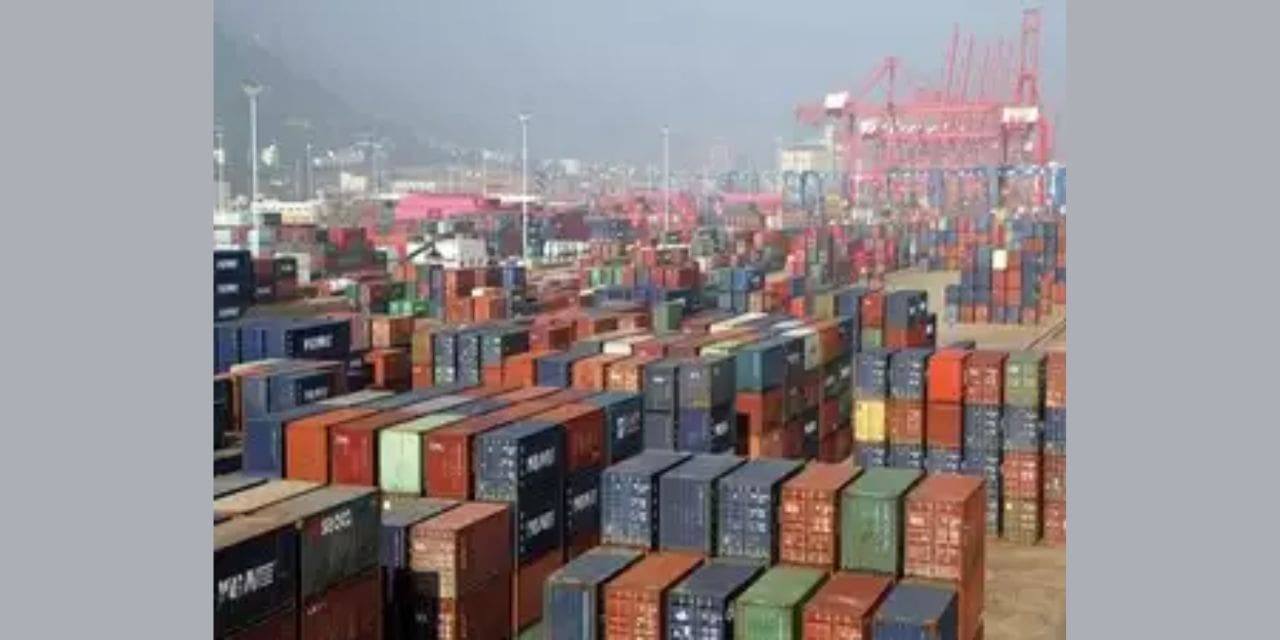Indian product exports have essentially stagnated over the past 15 years. It has taken more than 15 years for the market to gently increase to $447 billion now from a small value of $330 billion in 2006. Only 1.8% of global trade, which has maintained a robust yearly growth of 2.5–3%, is represented by that. This is true despite the Indian GDP expanding well since then, on average by 5%. While this has been happening, imports have steadily and significantly increased. Considering that trade data are typically expressed in nom.
A more encouraging development is that export standstill has decreased over the past three years. Since 2020–21, Indian exports have increased in volume and value, and their composition has changed noticeably. Electronics, machinery, equipment, petroleum, and branded medications have seen an increase in share while traditional exports including textiles and apparel, leather goods, iron ore, minerals, light engineering items, and gems and jewellery have seen a fall. The nations that purchase Indian goods have become more varied, with South Asian countries becoming a significant recipient of India’s supplies. It appears that the trade deals made with a variety of countries and areas have also started to pay off.
A more encouraging development is that export standstill has decreased over the past three years. Since 2020–21, Indian exports have increased in volume and value, and their composition has changed noticeably. Electronics, machinery, equipment, petroleum, and branded medications have seen an increase in share while traditional exports including textiles and apparel, leather goods, iron ore, minerals, light engineering items, and gems and jewellery have seen a fall. The nations that purchase Indian goods have become more varied, with South Asian countries becoming a significant recipient of India’s supplies. It appears that the trade deals made with a variety of countries and areas have also started to pay off.
India needs to exercise greater judgement when choosing which commodities to give more weight to in the export basket. Exporting imported crude oil as petrol, diesel or other petroleum products adds little value. The dynamics of gems and jewellery are comparable since both rough diamonds and gold are imported. Benefits will continue to be uneven until the necessary parts and chips are manufactured locally, especially for smart phones like the iPhone.
India has been a minor exporting nation for many years. However, we have emerged as a significant player in the world of imports, particularly when it comes to energy, weapons, fertilisers, machinery, plastics, organic chemicals, diamonds, and gold. Our import bill will skyrocket due to the importation of high-tech military equipment, microchips, and technology, at least until local production picks up. A corresponding increase in export revenues is required to avoid further US dollar pressure on the currency. Building the competitiveness of Indian “exportables” is essential for that to occur. That will happen when total costs are reduced, infrastructure is very efficient, and exports are given more institutionalised importance in the general scheme of things, as was seen in China.

